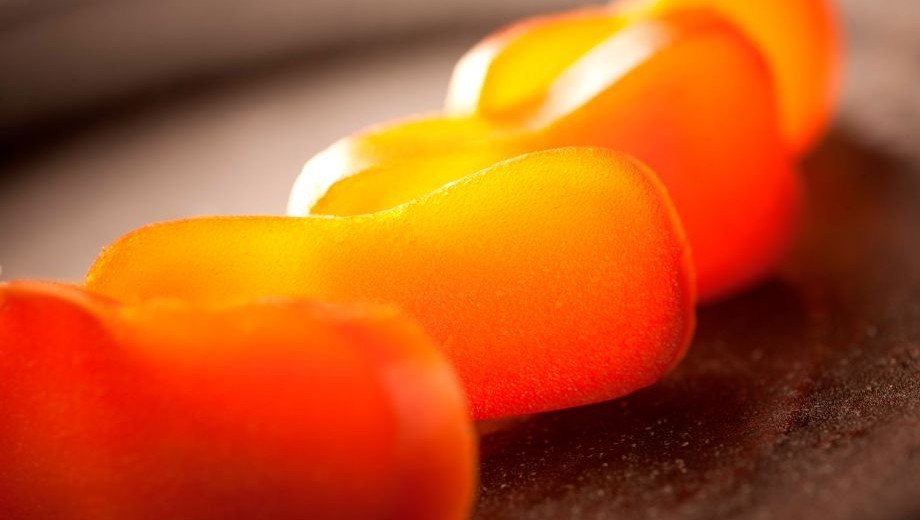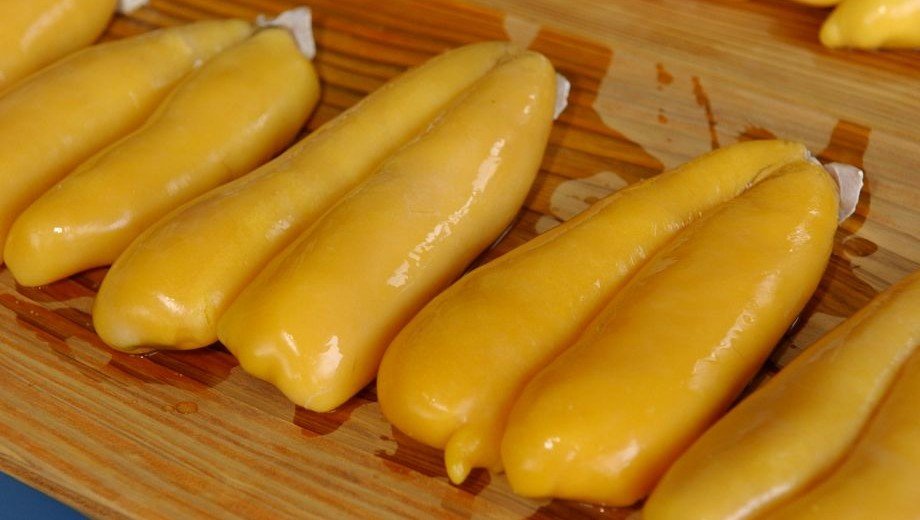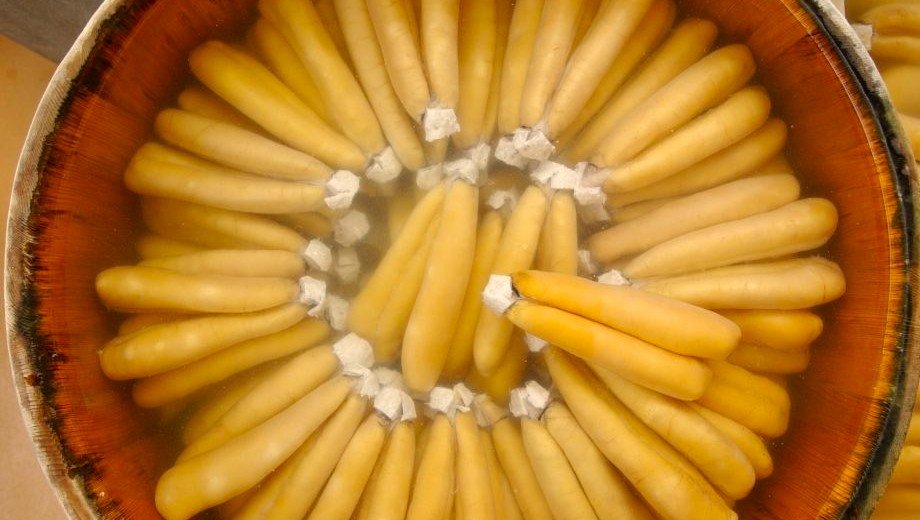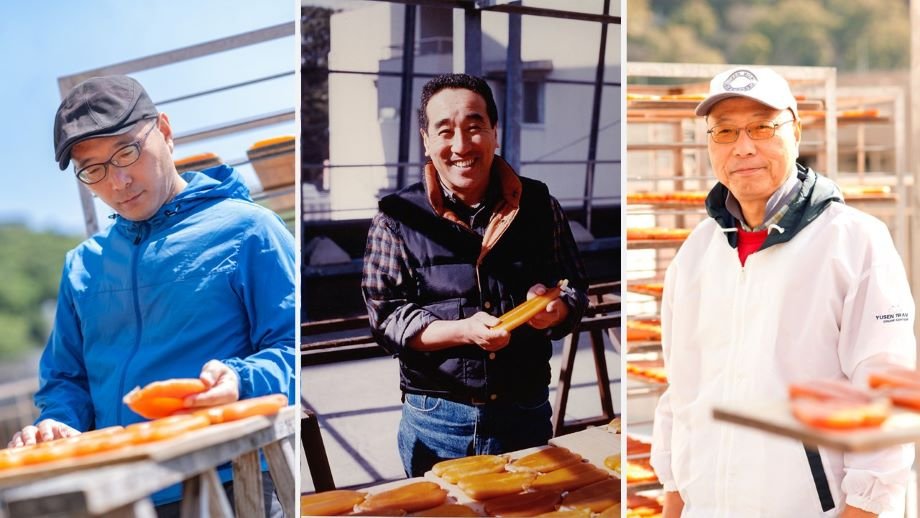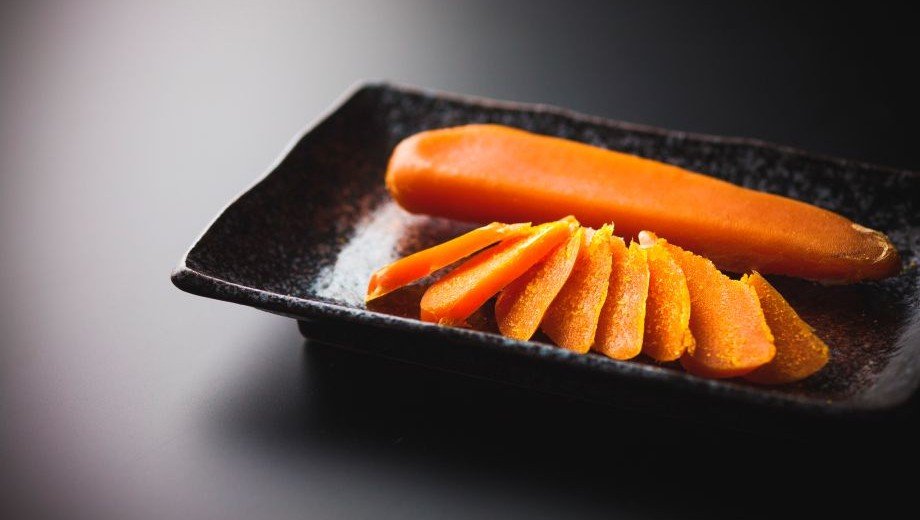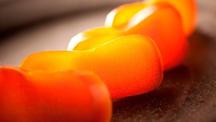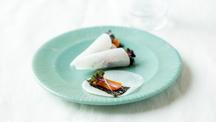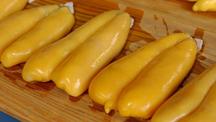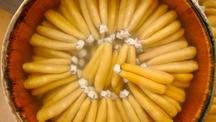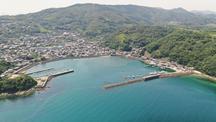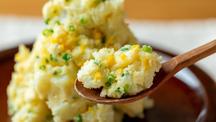Nagasaki Karasumi
| Registration Number | 132 |
|---|---|
| Name of the GI | Nagasaki Karasumi |
| Class | Processed Foodstuffs |
| Date of Protection | 2023/07/20 |
| Producing Area | Nagasaki Prefecture |
| Applicant - Name and Address | Nagasaki Karasumi Association 1-16 Tsukimachi, Nagasaki City, Nagasaki Prefecture |
Producing Area
"Nagasaki Karasumi" is a salted and dried delicacy produced by salting the roe of flathead grey mullet using only salt and drying it carefully. The glamorous, amber-colored Karasumi is characterized by its rich taste and profound aroma produced by the roe.
Karasumi has been deeply connected with the food culture of Nagasaki and has been an ingredient in Shippoku (1) cuisine, a fusion cuisine that combines Chinese, Dutch, and Japanese cultural elements. Valued as one of the three best delicacies in the whole country since the Edo period, the dried mullet roe enjoys high demand as a gift, top-quality souvenir, and favorite article of gourmets.
"Nagasaki Karasumi" is produced within the producing area using only flathead grey mullet ovaries.
Processing involves first pickling the ovaries in salt or salt solution free of any other condiment, such as liquor.
The salted roe is then adjusted for its salt content by desalinating when necessary. It is carefully dried to condense the ingredients related to umami while being shaped.
The extent of seasoning, how long it takes to dry, and when it stops processing are all decided sensually based on expert visual and hand-sensory perceptions. Each Karasumi is shaped by hand.
During the drying process, the roe is wiped off without using oil, fat, liquor, or any other condiment.
Shipping is performed based on the shipping standards specified by "Nagasaki Karasumi no Kai (Nagasaki Karasumi Association)".
From autumn to winter, schools of mullets come to the sea near Nagasaki Prefecture, the producing area and these fish have been caught since early times. The method for producing Karasumi was developed during the Edo period (2) using matured ovaries of female mullet.
In 1712, "Nagasaki Karasumi" was offered to Tokugawa Ienobu, the sixth shogun of the Tokugawa dynasty, and it was presented to the shogunate for the following 150 years. Over the years, producers have acquired the ability to judge materials for maintaining quality and honed their processing technologies. The craftsmanship needed to produce the high-quality "Karasumi" has been passed down in the area.
Since the Meiji period, the companies involved in the production and sales of "Karasumi" have gradually increased. "Nagasaki Karasumi" is today acknowledged nationwide as the traditional food of Nagasaki.
- Shippoku cuisine originated in Nagasaki during the Edo period, as it was one of the few trading hubs with China and the Netherlands. This cuisine combines elements from Japanese, Chinese, and Dutch culinary traditions. The course meal is characterized by multiple dishes served on large plates enjoyed by diners sitting around a circular table.
- Edo period: 1603 ~ 1867. A period in the history of Japan, when the shogunate was based in Edo (present-day Tokyo). From the time of the first shogun, Tokugawa Ieyasu, the Tokugawa family was center of the feudal system of the shogunate and domains.
